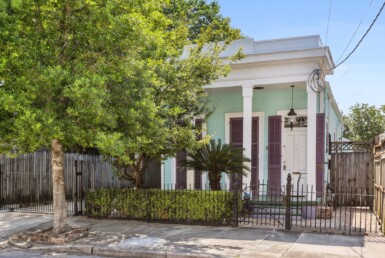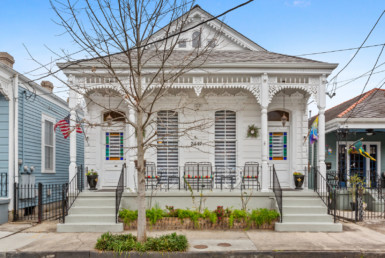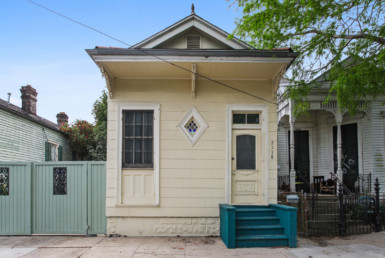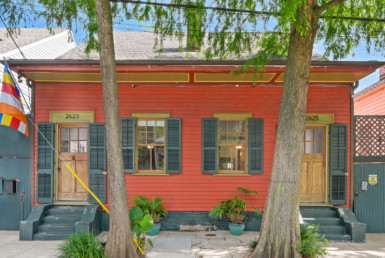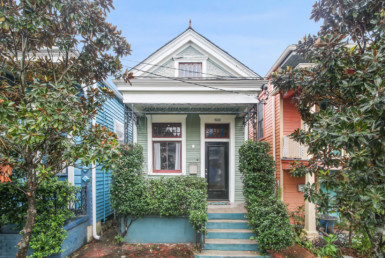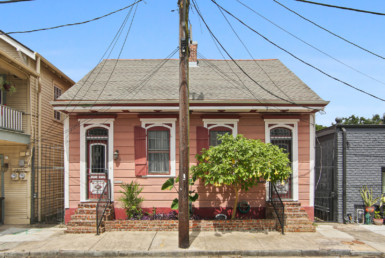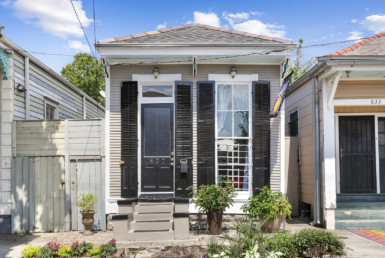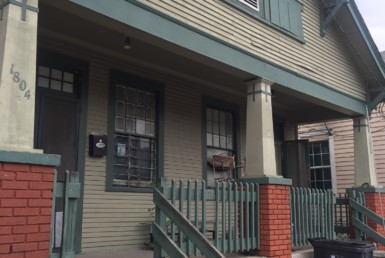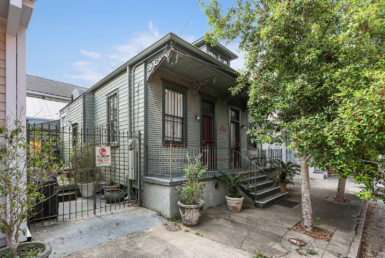Faubourg Marigny
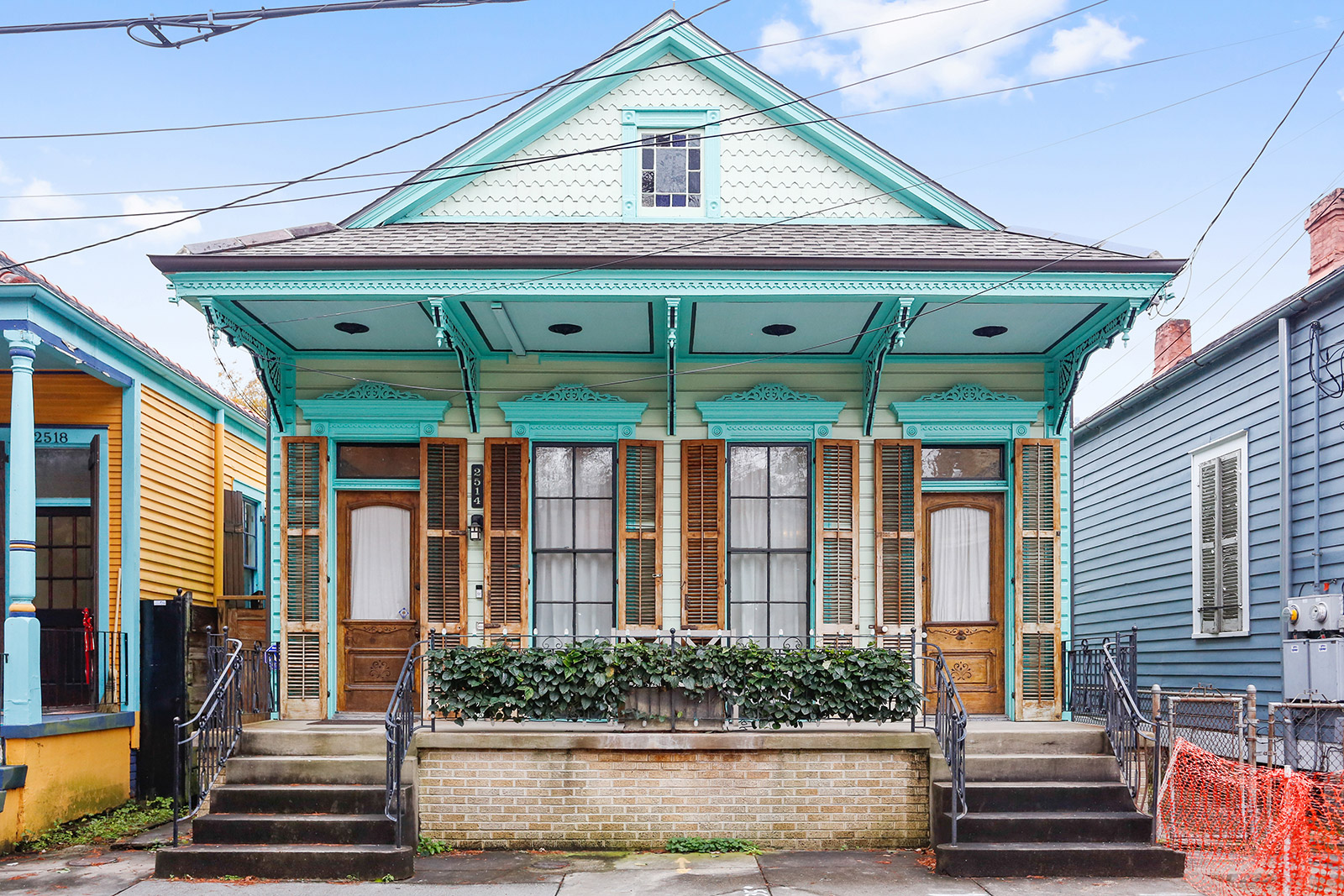
People in Faubourg Marigny are passionate about preservation. They saw their downtown neighborhood, developed as New Orleans’ second suburb in 1806, abandoned by city officials and desecrated by “modern” zoning regulations in the 1950s and ’60s. Building by building, they fought to save their historic neighborhood. Based on a Tulane University study of the merits of zoning as an alternative to historic districting led by Marigny resident, architect and professor Eugene Cizek, the City Council adopted Historic Marigny Zoning in 1971. This was the first historic zoning since the Vieux Carré. In 1974 these farsighted citizens won designation for “The Marigny” as a National Register historic district. Some fought for the preservation of a neighborhood where their families have lived for more than 100 years.
Equally passionate newcomers glimpsed beauty under the skin of 20th-century poverty and neglect. Their combined efforts through the Faubourg Marigny Improvement Association have created zoning and regulatory models that are now used in historic neighborhoods across the city. A quarter of a century later, Marigny is on the beaten path for Orleanians and visitors looking for great music, fine food, and an authentic,intact, and livable historic neighborhood. It is a true success story of citizen involvement. Immediately downriver of the Vieux Carré, Faubourg Marigny was once the plantation of Marquis Antoine Xavier Bernard Philippe de Marigny de Mandeville, the Creole bon vivant who made the dice game “craps” popular in America and who dazzled New Orleans by his flair and enormous inheritance. After subdividing the property in 1806, Marigny entertained talks with American entrepreneurs who wanted to make this district the new business hub of the post-Louisiana Purchase city. The faubourg was never to be a prosperous American business center, however. Instead, it developed gradually with a distinctly European flair and a cosmopolitan mix that included Creoles, free people of color and immigrants, especially Germans, as well as a smattering of the newly arrived Americans. Bernard Marigny’s combination of class and joie de vivre continues to make him the patron saint of this slightly bohemian quarter.
Today’s Marigny is still cosmopolitan, a singlesfriendly and artist-friendly neighborhood where people from all over the world have chosen to make their home. Beautiful Creole and Classic Revival cottages that stood abandoned after residents left for the suburbs in the 1950s have been restored and painted in rich golds, brick reds and moss greens. Historic banks, corner stores and even bakeries have been refurbished as homes and guesthouses, while riverfront warehouses now accommodate artists’ studios and performance spaces. Weekends bring shoppers to independent galleries and rummage stores in lower Marigny, while the restaurants and jazz clubs of the Marigny Triangle draw people from everywhere.
Courtesy of the Preservation Resource Center of New Orleans.


